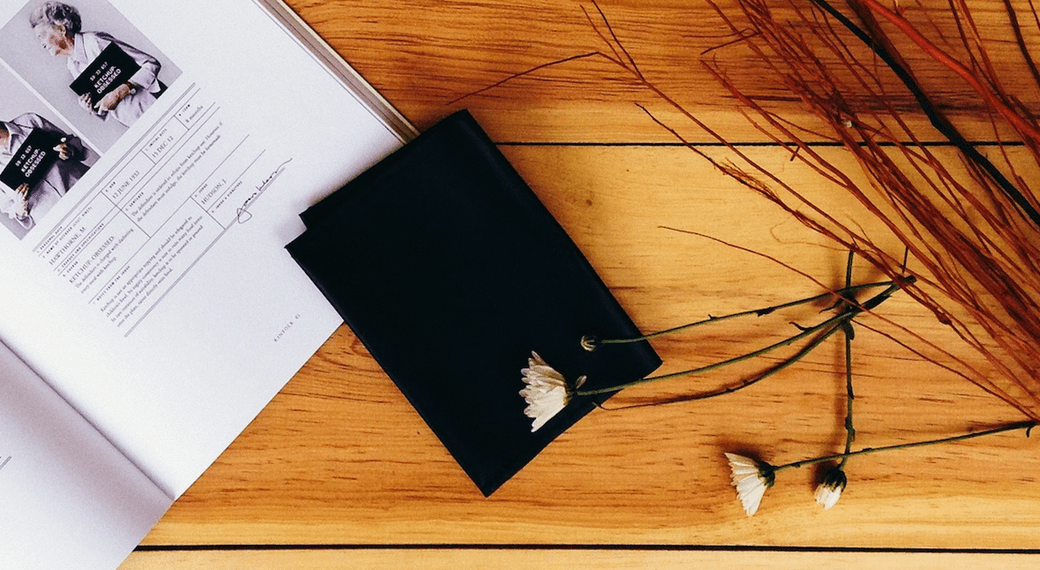I knew that in my quest to cultivate a community here, I wanted to make sure this website was appealing to those I wanted to attract. I wanted my visitors to feel like a guest and want to sit down and pull up a chair in my virtual home. That these guests were easily able to find what they wanted and quickly understood my mission.
With all this in mind, I set out to create a mind-map of the site framework, a style guide, and an editorial calendar. Most of the tweaks I envisioned were minor things like switching the location of the menu bar or changing the menu bar titles. But I also knew that I needed to create a couple of new pages, update my about page, and make some brand tweaks. My resulting to-do list is only partially complete.
As I’ve been going through this process, I’ve intentionally been avoiding some websites. I’m still reading these thought-leaders content via feedly, but I’ve not been going to their websites. I’ve been doing this for two reasons.
Genuine to branding
The first reason I’m avoiding their sites is because I want my site to be genuine to my brand. We’ve all encountered those mimic websites. Websites that look just like someone big in the field. And as website visitors most of us observe the similarities and form an opinion. Of course, these mimics are often intentional.
While I’m not intentionally going to copy these sites, I don’t want to unintentionally copy them either. I don’t want to be lead to create graphics a certain way because that’s how Marie Forleo does it. Or set up my menu bar a specific way because that’s how April at Blacksburg Belle has. Yes, we all have to have the same elements to our website, but the way we convey that information should be unique. It should match our branding, our audience, our story and our mission.
Unintentional copying
But I’m also doing this for a legal reason, I don’t want to unintentionally commit copyright infringement.
Our brains are great at capturing written and visual information. That’s what they are designed to do. And by visiting these pages, my brain is soaking up that information. And some of that information might make it back on the page when I sit down to write.
My brain might guide me to write out some text that I don’t realize it had absorbed from someone else’s site. Or my mind’s eye might have a graphic from someone else’s site when I’m writing out the style guide for how I want blog graphics to look.
 I’m not saying that every idea I’m putting on this site is original. That’s just crazy talk. But taking an idea and creating a spin on it that’s true to my brand is what creation is all about. The idea is an about page. The execution is the copy and images that end up on that page. I’m trying to avoid unintentionally becoming a copycat by re-creating someone else’s execution. Absorbing someone else’s execution and then not realize I’m spitting that back out onto the page.
I’m not saying that every idea I’m putting on this site is original. That’s just crazy talk. But taking an idea and creating a spin on it that’s true to my brand is what creation is all about. The idea is an about page. The execution is the copy and images that end up on that page. I’m trying to avoid unintentionally becoming a copycat by re-creating someone else’s execution. Absorbing someone else’s execution and then not realize I’m spitting that back out onto the page.
I’m not saying that every idea I’m putting on this site is original. That’s just crazy talk.
But this process isn’t just limited to creating a website. It could happen when creating a new stationary line or illustrations for licensing. In fact, Emily McDowell wrote a great article a while back about avoiding Pinterest for this exact reason.
I admit, sometimes it’s hard to keep my eyes on my own page. These women have built successful businesses serving a similar audience and it’s only natural to want to be like them. But I think the key is to reverse-engineer what worked for them, to figure out what the core idea of that execution is. Then take that core and ask yourself two questions:
- Is this genuine to my brand?
- What’s the best way to use this idea to serve my audience/clients/customers?
Have you unintentionally copied someone? Has it happened to you? Share your story in the comments below.

